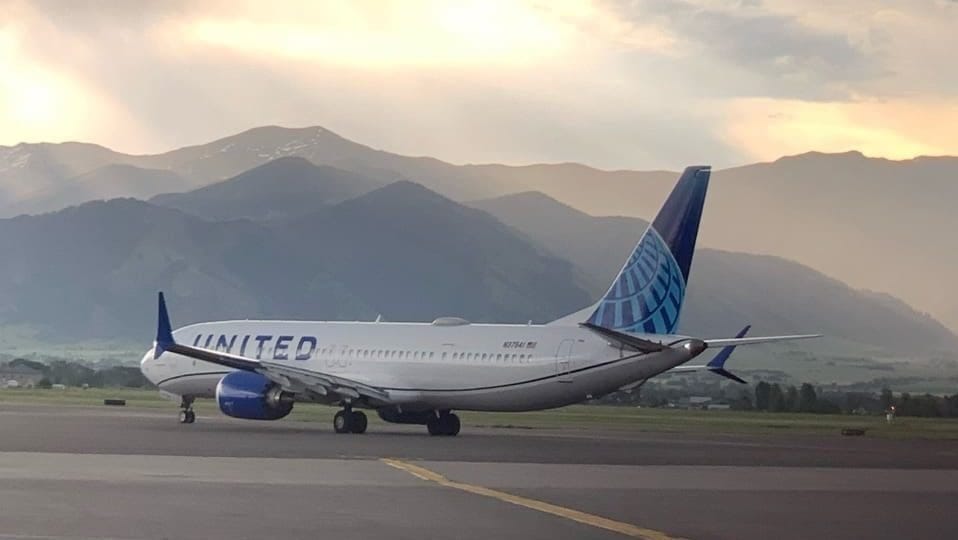Secretary of Homeland Security Says Real ID Not Necessary to Fly
Noem said that the Transportation Security Administration may divert those who are not Real ID-compliant to a different security line for “an extra step”
By Zeke Lloyd, Montana Free Press
On Tuesday, a day before a long-forecasted mandate, Secretary of Homeland Security Kristi Noem said that a Real ID will not be required to fly on commercial airlines. Noem in testimony before the U.S. House Appropriations Homeland Security Subcommittee said that the Transportation Security Administration may divert those who are not Real ID-compliant to a different security line for “an extra step.” Noem also confirmed that passports and tribal IDs would be accepted in lieu of Real IDs. According to the TSA website, U.S. passport cards, U.S. Department of Defense IDs and permanent resident cards would also be permitted for airlines and access to federal buildings, including military bases and federal courthouses.
Noem’s comments eroded some of the uncertainty surrounding how DHS will enforce Real IDs, a form of ID that requires more documentation than traditional identification cards to acquire. (In Montana, there is also a $25 surcharge). While Real ID was originally introduced in the wake of the 9/11 terrorist attacks, the document’s implementation as mandatory identification for commercial flights faced roughly two decades of delays after pushback from a number of states, including Montana.
Two years after the newly established Department of Homeland Security recommended the implementation of Real IDs in 2005, the Montana Legislature unanimously passed a bill opposing the implementation of Real ID and directing the Montana Department of Justice not to enact the policy over privacy concerns. When Montana’s newly updated driver licenses did not comply with Real ID standards in 2016, Republican then-Attorney General Tim Fox said the decision was intentional. Fox said Real ID could create an “Orwellian national ID system.” At the same time, Montana’s federal delegation, which included Republicans U.S. Representative Ryan Zinke and U.S. Senator Steve Daines, worked to prevent the widespread implementation of Real IDs, citing similar concerns.
“While maintaining security standards is important, we cannot allow the federal government to infringe on our right to privacy and strip Montana of our state sovereignty,” Zinke wrote in a 2016 email to the Great Falls Tribune.
The same year, Daines said his proposed legislation aimed at blocking Real ID’s implementation “ensures Montanans’ voices are heard and will help strike the right balance that protects our security while also safeguarding Montanans’ civil liberties.”
Efforts from the state’s federal delegation did not gain traction. And, in 2017, the Montana Legislature effectively repealed the 2007 legislation blocking Montanans from acquiring driver licenses certified with Real ID. The bill’s carrier, now-Representative Jill Cohenour, D-East Helena, argued that privacy concerns were overblown and that Montanans were disadvantaged without the opportunity to attain Real IDs.
This week, Zinke and Daines, along with recently elected U.S. Representative Troy Downing and U.S. Senator Tim Sheehy, both Republicans, declined to answer questions regarding their current stance on Real ID, though Zinke posted on Instagram with details on how to acquire a Real ID and Sheehy shared a press release with similar information.
As of April 30, 34% of Montanans had Real IDs, according to Montana Department of Justice spokesperson Emilee Cantrell. In December 2024, the figure was 30%.
Cantrell said in an email Monday that the state Motor Vehicle Division, which issues driver licenses, has seen an uptick in Real ID appointments but currently has openings six to seven days out. She also said that the department is offering extended hours and Saturday appointments in some areas to help manage the application uptick.





Odd how Zinke and Daines are now all in on an Orwellian administration.